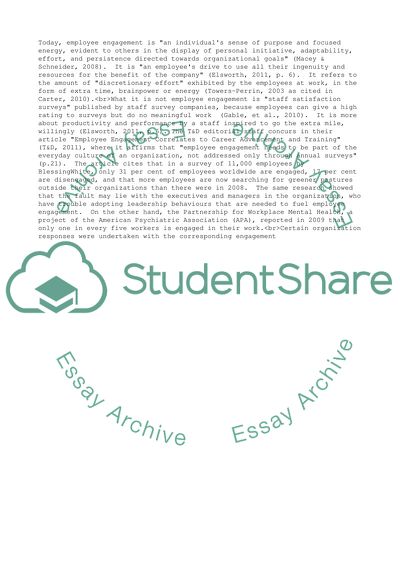Cite this document
(Employee Engagement Essay Example | Topics and Well Written Essays - 2500 words, n.d.)
Employee Engagement Essay Example | Topics and Well Written Essays - 2500 words. https://studentshare.org/management/1760313-pr
Employee Engagement Essay Example | Topics and Well Written Essays - 2500 words. https://studentshare.org/management/1760313-pr
(Employee Engagement Essay Example | Topics and Well Written Essays - 2500 Words)
Employee Engagement Essay Example | Topics and Well Written Essays - 2500 Words. https://studentshare.org/management/1760313-pr.
Employee Engagement Essay Example | Topics and Well Written Essays - 2500 Words. https://studentshare.org/management/1760313-pr.
“Employee Engagement Essay Example | Topics and Well Written Essays - 2500 Words”. https://studentshare.org/management/1760313-pr.


